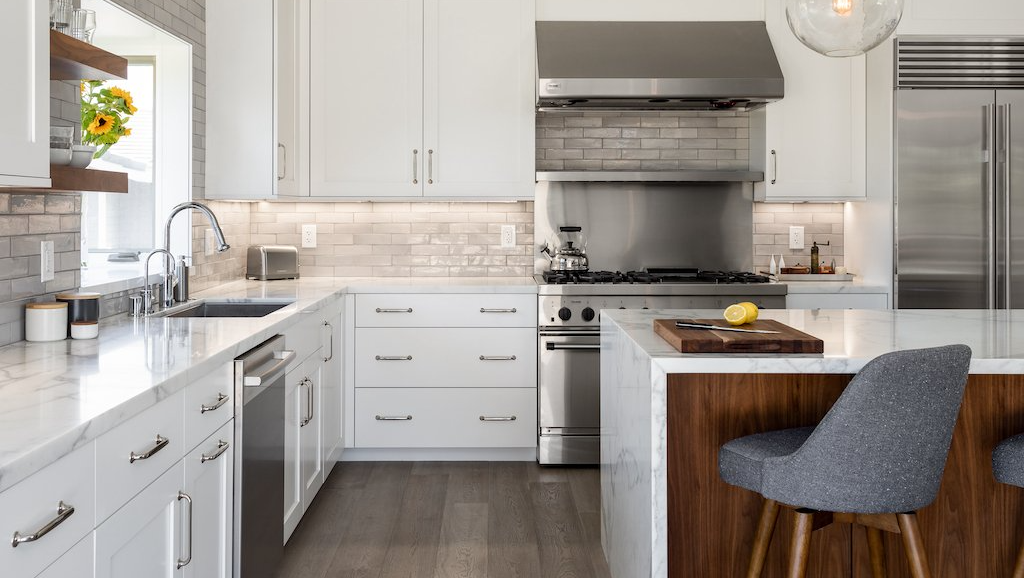By TP Bathroom Remodeling Austin
•
November 27, 2025
When choosing a new bathroom sink, durability should be one of your top priorities. Your sink is used multiple times a day, exposed to water, humidity, cleaning products, and the occasional accidental impact. The right material doesn’t just enhance your bathroom design—it ensures long-term performance, easier maintenance, and better value for your remodeling investment. If you're planning a bathroom makeover in Austin, here’s a detailed guide to the most durable bathroom sink materials and what every homeowner should consider before deciding. 1. Porcelain: The Classic, Timeless Standard Porcelain sinks have remained a popular choice for decades—and for good reason. Why It’s Durable Highly resistant to stains and scratches Non-porous and easy to sanitize Retains its glossy finish for years Best For Homeowners who want a classic look with reliable long-term durability. Maintenance Tip Avoid abrasive cleaners to maintain the glaze. 2. Fireclay: A Premium, Heavy-Duty Material Fireclay sinks are made by molding clay and glaze together and firing at extremely high temperatures. Why It’s Durable Exceptional resistance to heat, impact, and chipping Dense, ultra-hard surface Low-maintenance Best For Modern and farmhouse-style bathrooms require a luxury, long-lasting sink. Maintenance Tip Use mild cleaners to preserve the glossy surface. 3. Stainless Steel: Strong, Hygienic, and Modern While more common in kitchens, stainless steel is becoming increasingly popular in contemporary bathroom designs. Why It’s Durable Rust- and corrosion-resistant Won’t crack, chip, or stain Excellent for high-moisture environments Best For Industrial, minimalist, or modern bathroom remodels. Maintenance Tip Wipe regularly to reduce water spots and maintain shine. 4. Natural Stone: High-End Beauty and Strength Materials such as granite, marble, and travertine offer unmatched luxury. Why It’s Durable Extremely tough and long-lasting Heat-resistant Adds value and visual impact Best For Upscale bathroom remodels and homeowners who want a unique, organic aesthetic. Maintenance Tip Sealing is required to prevent staining and maintain longevity. 5. Solid Surface: Durable and Seamlessly Stylish Solid surface sinks, often made from acrylic-based composites, offer durability without the high price of natural stone. Why It’s Durable Strong, non-porous, and repairable Seamless integration with countertops Resistant to mold, mildew, and daily wear Best For Busy households seeking easy maintenance and modern style. Maintenance Tip Minor scratches can often be buffed out—one of the key advantages of solid surface materials. 6. Cast Iron: Heavy, Glossy, and Nearly Indestructible Cast iron sinks coated in porcelain enamel offer a unique combination of strength and beauty. Why It’s Durable Extremely resistant to dents and scratches Heat-resistant Long-lasting enamel finish Best For Traditional and classic bathroom designs where longevity is essential. Maintenance Tip Use soft cloths to preserve the enamel’s shine. 7. Tempered Glass: Stylish and Surprisingly Strong Although glass may seem fragile, tempered glass sinks are engineered for durability. Why It’s Durable Heat- and impact-resistant Non-porous and stain-proof Available in a wide range of colors and textures Best For Modern, spa-like, or artistic bathroom designs. Maintenance Tip Avoid dropping heavy objects in the sink to prevent surface stress. How to Choose the Right Bathroom Sink Material When selecting the most durable sink for your bathroom, consider: ✔ Your household’s usage level Families, rental homes, and guest bathrooms require different levels of durability. ✔ Aesthetic preferences Modern, rustic, luxury, and minimalist bathrooms each pair best with specific materials. ✔ Maintenance expectations Some surfaces require regular sealing or gentle cleaning—others are nearly maintenance-free. ✔ Budget Durability comes in many price points, from affordable porcelain to high-end stone. Upgrade Your Bathroom with Durable, Long-Lasting Sink Materials Selecting the right sink material ensures years of beauty, strength, and reliability. Whether you prefer a classic porcelain basin, a bold natural stone vessel, or a sleek stainless steel option, the experts at TP Bathroom Remodeling Austin can help you match the perfect material to your vision. Our team specializes in designing and installing sinks that elevate your bathroom’s style while delivering exceptional durability. Ready to upgrade your bathroom with a sink that lasts? Contact TP Bathroom Remodeling Austin today for expert guidance, custom design solutions, and top-quality installation you can trust. Serving Austin, Round Rock, Cedar Park, Pflugerfille, West Lake Hills, Bee Cave, Manor, Sunset Valley, Manchaca, Buda, Hornsby Bend, Hudson Bend Bathroom remodeling Austin, bathroom remodeling Austin Tx, Austin bathroom remodeling, bathroom remodelers Austin TP Bathroom Remodeling Austin Austin Tx 78745 512-270-2168 https://www.tileprosaustin.com/bathroom-remodeling-austin

